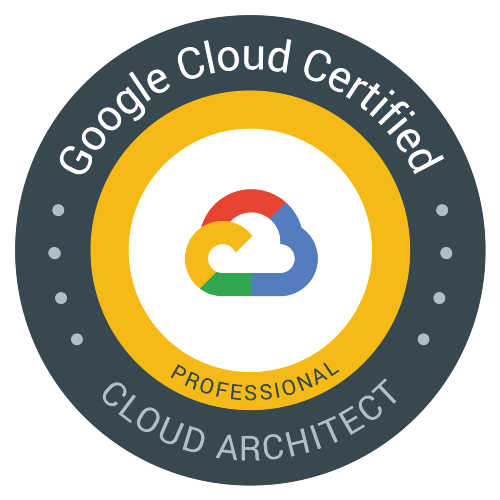
Whether you’re looking to set up a beauty business that offers Best Artificial Hair Integration, or you are looking into Certification in hair extension choice for you, it’s good to know everything that there is to know about this increasingly popular extension choice.
Below, we discuss the most important features and benefits of the Certification in Best Artificial Hair Integration system, how it can benefit you or your clients and why this choice is breathing fresh life into the hair extension industry.
What is Certification in Best Artificial Hair Integration?
Initially designed to help men and women who suffer with moderate to severe hair loss, mesh integration uses a form of netting (or mesh), which is placed at the root of the hair, above the scalp. This mesh is completely breathable and there is no need to shave or cut the hair, meaning you can make the most of your current hair.
Once the mesh has been fitted and cut to size, new hair- usually made from real, European strands- is then interlocked with your natural hair. The result is a new head of hair that is thicker, stronger and healthier looking than ever before.
Things to consider before opting for FREE Training in mesh integration
It’s no secret that lying on your extensions means they’re more likely to wear down faster, which can mean your extensions are more likely to snap and become thinner when not cared for appropriately. If you’ve opted for longer extensions, you can negate this by plaiting your hair before your go to sleep, which can minimise the movement and increase the longevity of the mesh integration system.
Leave-in conditioners are a great add-on that can help keep hair shiny and healthy, as all extensions can become a little dry over time. A huge benefit to mesh extensions is that they lie closer to the scalp and therefore are more likely to use the natural oils the body provides to keep your new hair at optimal conditions.
You will also need to have mesh integrated hair extensions refitted on a regular basis- usually between 3 and 6 weeks. Being fully trained in this system means you will be able to offer this service, so the right hair extensionist should be able to comfortably refit and reposition the hair mesh system on a regular basis.
Frequently Asked Questions:
Q. Will anyone be able to see the mesh?
A. When fitted correctly, the mesh integration hair extensions should not be visible to the naked eye. We train our clients to fit the mesh so that it is comfortable for users and holds a snug fit to the scalp. The mesh is then covered by synthetic or real hair, which means that nobody will able to see your new system and the hair will be styled in a way that means- even at the parting- nobody will be able to spot the mesh.
Q. Is the mesh integration system suitable for alopecia sufferers?
A. Absolutely. Whether you are only losing a little hair around the crown or need a full hair loss integration system placement, we offer training to ensure that every one of our clients leaves with the full knowledge of how to add volume and length to those with thinning hair. Whether you’re looking for a little extra volume around the parting or want the full mesh hair extensions, this is a system that will leave you with fresh, healthy-looking hair in the long-term.
Q. I want to be able to offer my customers the best – will training with Maxwell Melia provide me with everything I need to know?
A. Without a doubt. Maxwell Melia ensures that every client who passes through our training system is given all the information they could possibly need to confidently fit their customers with the mesh integration hair extension system. We take our time to ensure you understand what you’re doing and why- and even offer you manuals to help you on your way, as well as being readily available for any questions or queries you might have, even after you’ve received your certificates and kit.
